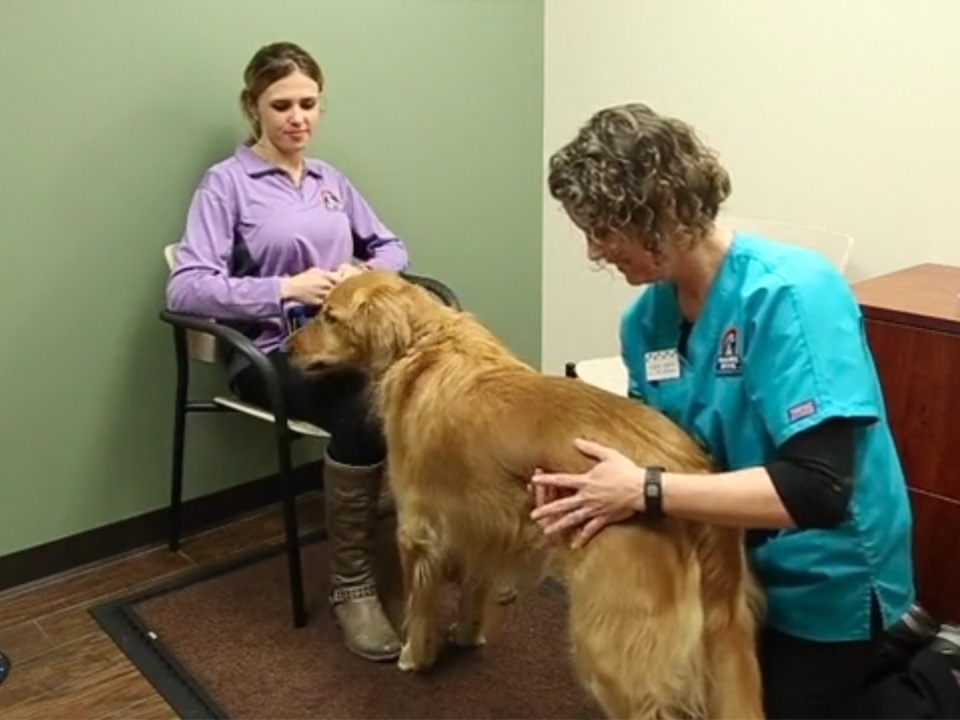
Canine Temperature Taking
Taking a dog’s temperature can be a FAS inducing event for both the patient and the staff. But it doesn’t have to be! Debbie Martin, LVT, CPDT-KA, KPA CTP, VTS (Behavior), and Mikkel Becker CBCC-KA, CDBC, KPA CTP, CPDT-KA show you how you can combine touch gradient, treats, and other Fear Free techniques to take an accurate and Fear Free temperature on your patient.

Bringing a new pet home is exciting, but can also be a little overwhelming for both of you! We’ve put together some tips to help those important first few weeks together go as smoothly as possible.
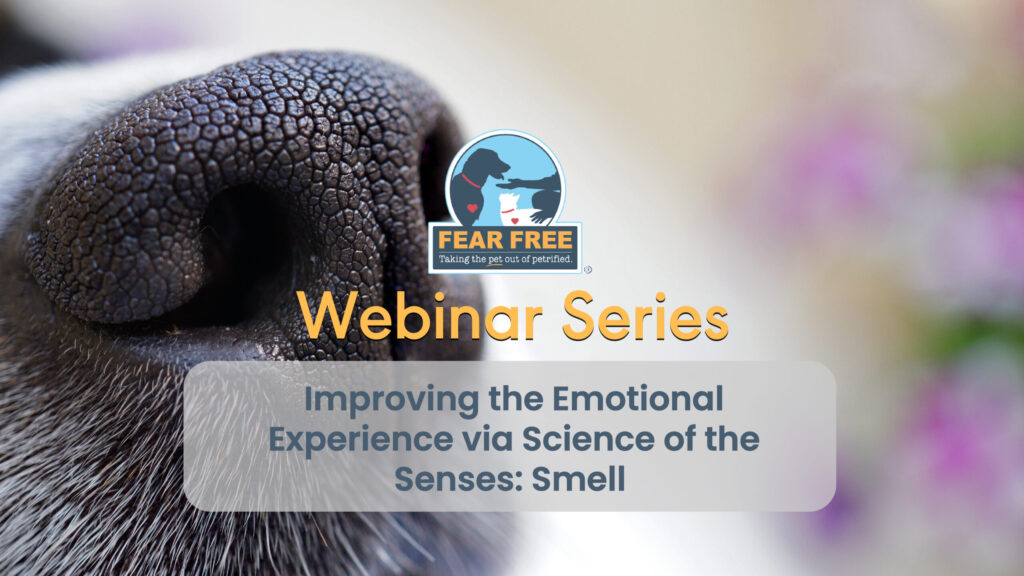
Improving the Emotional Experience via Science of the Senses: Smell
This program will focus on the olfactory experience of canine and feline patients during the veterinary visit and the important role that it plays in the pet’s emotional health and physical health when under veterinary care. Join Jacqui Neilson, DVM, DACVB as she discusses the importance of protection against respiratory pathogens using Fear Free vaccination strategies.
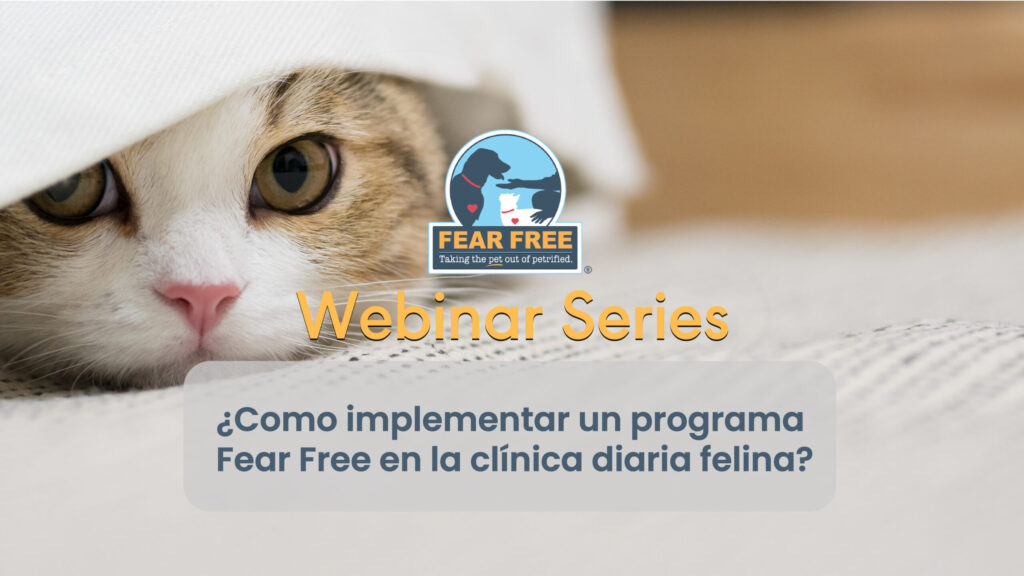
Conoceremos en que consiste el programa Fear Free, sus pilares fundamentales. Revisaremos las características de la especie felina, como percibe el mundo, sus necesidades y como se comunica permanentemente. El comprender y reconocer estos puntos será clave para desarrollar una practica Fear Free. Determinar si nuestros pacientes presentan miedo, ansiedad y estrés será un punto clave para trabajar de una manera acorde, pero fundamentalmente prevenirlas. Nuestras clínicas y hospitales, pueden beneficiarse ampliamente incorporando estas prácticas, sin tener que realizar grandes inversiones ni cambios edilicios.

Increase Team Efficiency: Workflow Tips & Technology Integrations
Life in pet professional settings has had challenges over the last few years, including adapting to no contact orders, parking lot check in, new technology processes, and even Telehealth. During this presentation, we will explore ways to use technology to help alleviate some of this stress for both pet parents and their pets. Because animals are so in tune with human feelings, anything we can do to help the parent benefits the pet. Using Fear Free techniques along with new technology supports in increasing our overall client satisfaction and the pet experience.
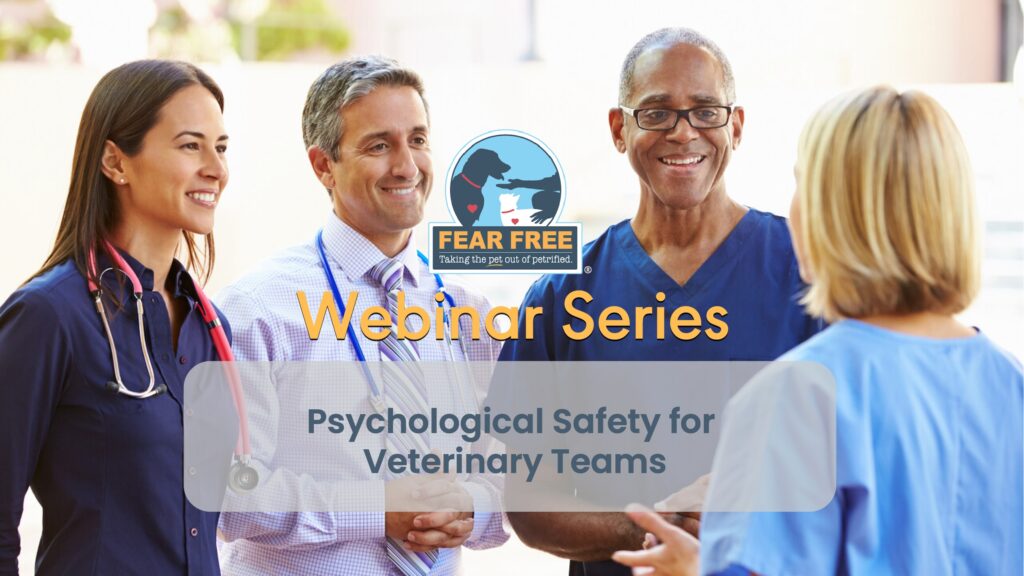
Psychological Safety for Veterinary Teams
Psychological safety is the most important aspect of successful teams. Our ability to feel safe to share ideas, to grow from failure, and to be honest with empathy allows our team to bypass the “interpersonal mush” that can exist otherwise. A sense of belonging, ability to be vulnerable, and strong interpersonal relationships are the initial ingredients to create this environment. We can assess psychological safety in a team using different tools. If psychological safety is lacking, we can help foster it using specific interventions, including civility and growth mindset work.
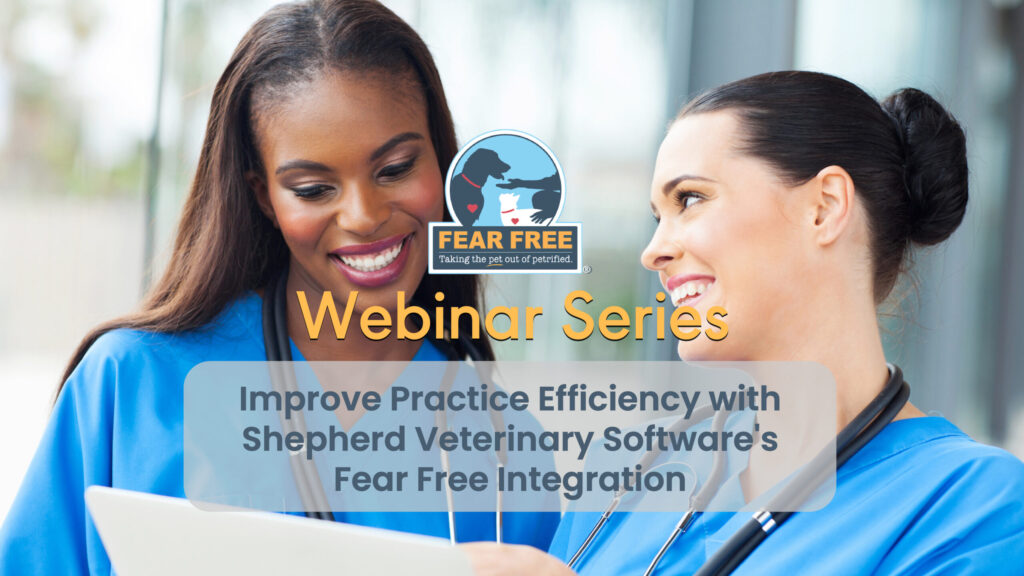
Improve Practice Efficiency with Shepherd Veterinary Software’s Fear Free Integration
Join Directory of Veterinary Affairs, Dr. Jennifer Merlo, and Shepherd Veterinary Software’s Christine Hinds – Senior Product Advisor as they discuss how Shepherd’s new Fear Free integration can improve efficiency within your hospital.

Course Overview
In this webinar course, Kristin Kirkby Shaw, DVM, MS, PhD, DACVS-SA, reviews the importance of diagnosing osteoarthritis (OA), how to perform canine exams, and pain management. Dr. Shaw also provides resources from the New Science of OA Pain website, which has canine and feline OA checklists, feline exam videos, and chronic pain teaching tools that can be provided for pet owners.
This course is approved for one hour of RACE CE. In order to obtain the CE and certificate, you must enroll in and complete the course quiz with a score of 80% or better.
Brought to you by our friends at Zoetis

Course Overview
In part due to the excellent veterinary care that we deliver to our patients, we are presented with more geriatric cats and dogs now than we were 10 years ago. Most of us didn’t learn much about how to recognize and treat cognitive dysfunction syndrome (CDS) in dogs and cats. In this presentation, Lisa Radosta, DVM, DACVB, discusses the most up-to-date prevention strategies and treatments of CDS in dogs and cats.
This course is approved for one hour of RACE CE and one hour of IAABC CE. In order to obtain the CE and certificate, you must enroll in and complete the course quiz with a score of 80% or better.
Brought to you by our friends at Zoetis Petcare

Course Overview
In this recorded webinar course, join Meghan Herron, DVM, DACVB, as she reviews signs of animal stress, how to mitigate stress, and specific tips for promoting good welfare for dogs in quarantine or isolation.
This course is approved for one hour of RACE CE. In order to obtain the CE and certificate, you must enroll in and complete the course quiz with a score of 80% or better.
Brought to you by our friends at Virox